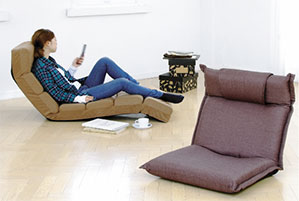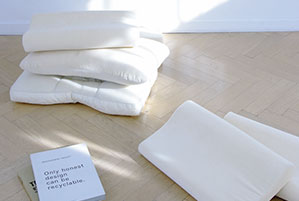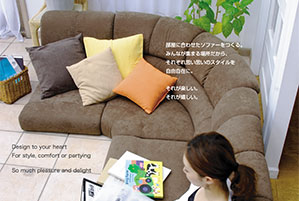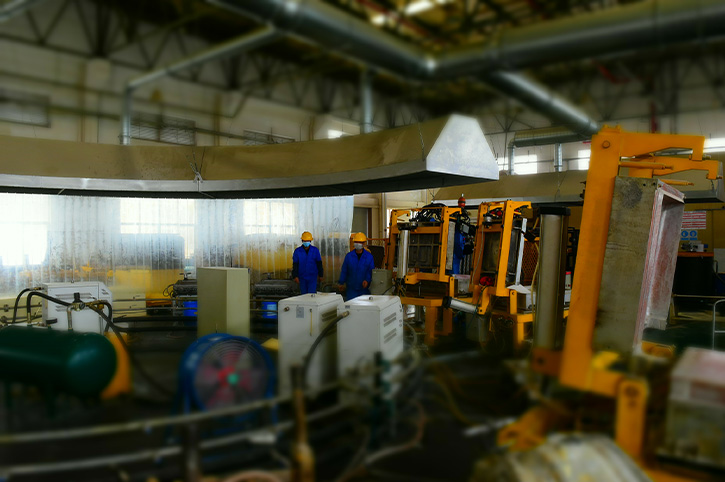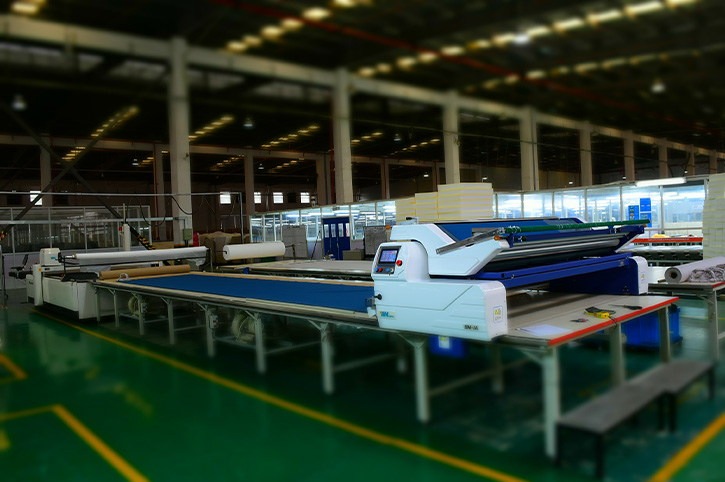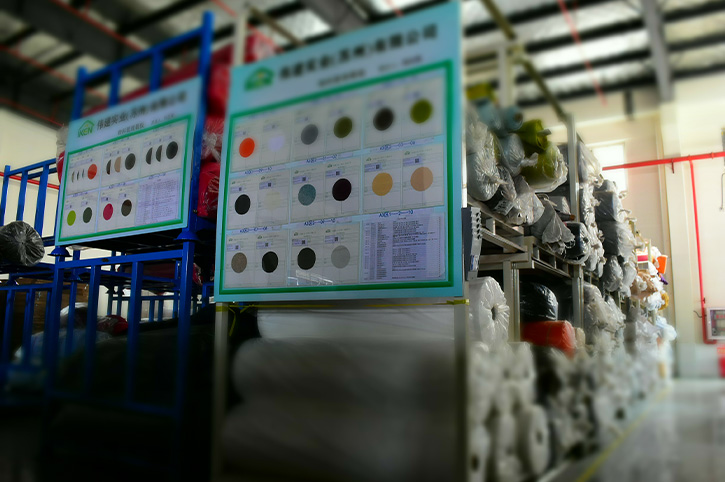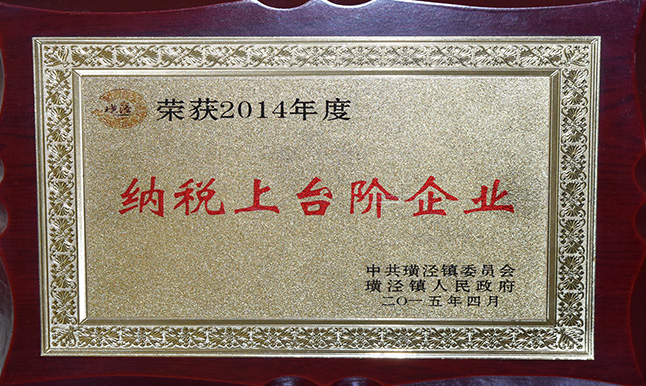What's going on with home design this summer?
HOMEWEEKLY Trend Home
A few days ago, the British "100% Design" (100% Design Exhibition), known as the "Design Oscar" in the field of British interior and home furnishing, was held in the EarlsCourt Exhibition Center in London. In this exhibition, which focuses on displaying the latest interior design development, the latest decoration materials, surface decoration and decorative accessories, we did not see too many European classical paintings, nor did we see the rich exoticism, let alone smell it. The romantic pastoral taste of the rotten street, here is just the use of cold and bright wood, three-dimensional geometric details, crisp and hard felt materials, unconventional inclination, and the fun of play to shine the luster of future home design.
Trend 1
Stable is conservative, ignoring the horizon is booming
"Stable and stable" should be synonymous with desks, chairs and bookcases. Tilting seems to be an absurd situation that the design of desks, chairs and bookcases cannot reach. If tilting can make a piece of furniture famous, it might be the Leaning Tower of Pisa in the furniture world. However, the world is getting worse and worse, and "others" appear frequently, and even the desks, bookcases, and coffee tables are not standing properly, and they appear in various inclined postures. Or stand in a semi-recumbent posture, or simply stand in an "X" shape, in short, the horizontal line is the least caring thing for these designers! The traditional cognition of stability and firmness has been inherited for many years, but just under this slightly inclined angle, the traditional cognition collapsed suddenly. It's like these desks, chairs and bookcases, in addition to tilting "common sense", they are still flat and stable. Not only is it stable, but the slope is also stable as usual.
Trend 2
The wall is a super large imax screen, it is not magic if it is not 3D
Smoothness and delicacy are no longer the criteria for qualified plasterers, and wallpaper is no longer the only coat of walls. Stucco and cement can still be used on the ceiling, but first of all, it must have the gene of relief art. How to create a rippling effect like the wind across the water surface, and how to create a mottled texture of old historical traces, these are new questions for plasterers. In addition, collaged boards, ruffles and flower graphics from felt rugs, and even a folded fan texture from a thin layer of colored paper can be used to tile an entire wall. The wall, the biggest background of the home life, seems to have escaped from the plane and blurred background identity. It has become the creator of environmental taste based on the ingenuity of materials and the technical details of three-dimensional geometry. Of course, for storage freaks who love to nail all kinds of cabinets, boxes, and shelves on the wall, it is not smooth and difficult to nail, which is simply to attract them to counterattack.
Trend 3
Home design is also an arena to show childlike fun
New Zealand-based architectural firm stevenslawson has created an "origami" house inspired by origami. And this origami game about space is also popular in home design. A set of colorful "origami" chairs brought by EDGE Chair "folds" out the tough and simple lines of the chairs. Different from the usual slick simplicity, the lines of "origami" clearly reveal an unforgettable childlike interest. Origami is not the only game that designers play. Small fun such as paper-cutting, building blocks, and piecing together cards has become a source of inspiration for big designers. It seems that the designers have all come to the rumination period of nostalgic childhood. Of course, more designers have found the invisible realm of the game - who said that a chair must have a seat and a backrest? A backrest with an elegant arc is placed anywhere, and it is a chair. This is like a spinning top made by British creative designer Thomas Heatherwick. As long as you sit at the center of gravity of this big spinning top, you can find the fun of childhood as you like. These origami, decoupage, building blocks, spinning tops... are the wormholes of home design.
Trend 4
Unshaped, expandable, multi-functional, subverting the original definition of furniture
Is this a chair? Yes. Is this a floor mat? Yes. Is this a long rug? Yes. What the hell is this? This is what folds into a chair, unfolds into a rug, and unfolds in half for a floor mat. This kind of multi-functionality is actually a big trend in home design, just as sofa beds, retractable tables, and modular furniture are typical examples. However, the difference is that the former is based on the narrowness of the urban home living space, and the appeal is to expand the space more likely. The design goals that appeared in this exhibition are aimed at the subversion and exploration of the definition of furniture itself. In addition, an insect seat reflects the flexible expansion of the chair by increasing or shortening the length of the insect body, no matter how long it is, it will not be obtrusive.
Trend 5
Board, felt, cardboard, designers love environmentally friendly materials
"The decorative strips on the cabinet doors are torn apart as soon as they are torn. They have no toughness and strength at all. Isn't it just cardboard!" In the context of the "cardboard door" incident in a hardcover room of a developer, the owners were filled with righteous indignation. cough! These unpopular cheap goods are the most fashionable trend in the eyes of Italian Torino designers. They make no secret of the cheap, ordinary, and even crude face of cardboard, instead of using decorative strips and other covert methods to divert attention. In their opinion, the 100% recyclable quality of these materials is enough to be proud of. In fact, the crudeness of the materials does not make the chairs and stools appear crude, on the contrary, the fashionable shapes are enough to decorate the modern style of the home. Equally cheap but "beautiful" are sheets and felts, felt chairs, felt partitions, sheet chairs, tables, and even lamp shades... These materials that are considered unaffordable by the Chinese are the darlings of foreign designers.
